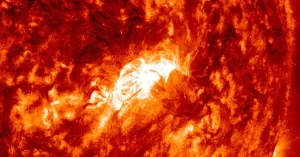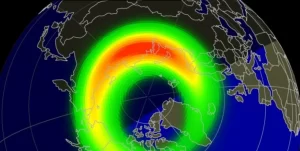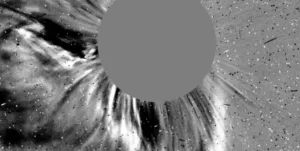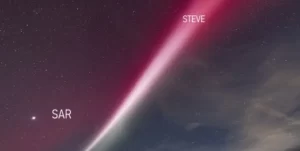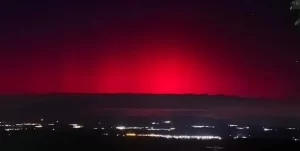Study reveals major impacts of G5 – Extreme geomagnetic storm on satellite operations in May 2024
Researchers from the Massachusetts Institute of Technology (MIT) investigated the significant impacts and scientific insights from the May 2024 G5 – Extreme geomagnetic storm and how it impacted satellite operations and atmospheric activities.


